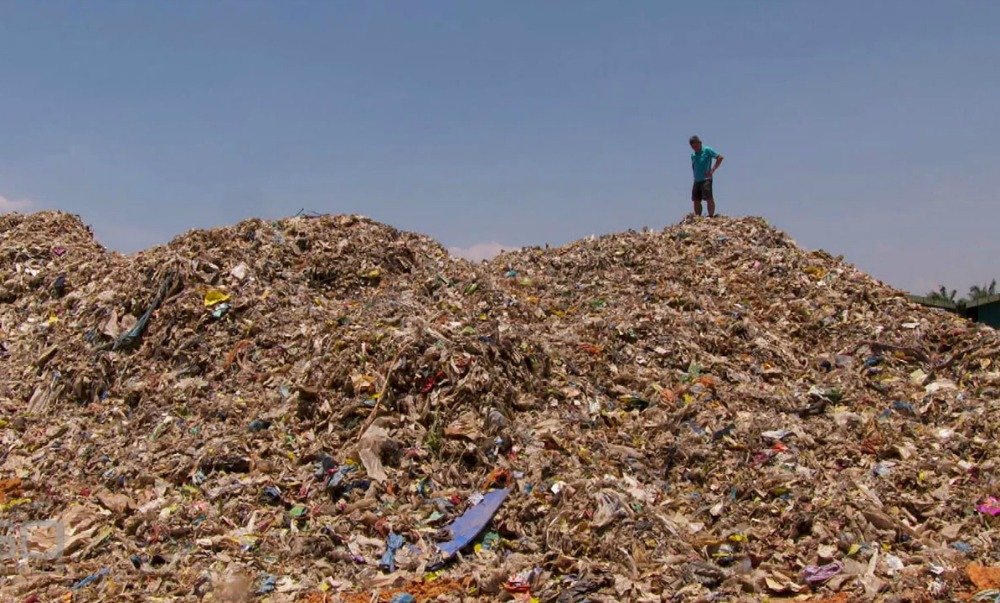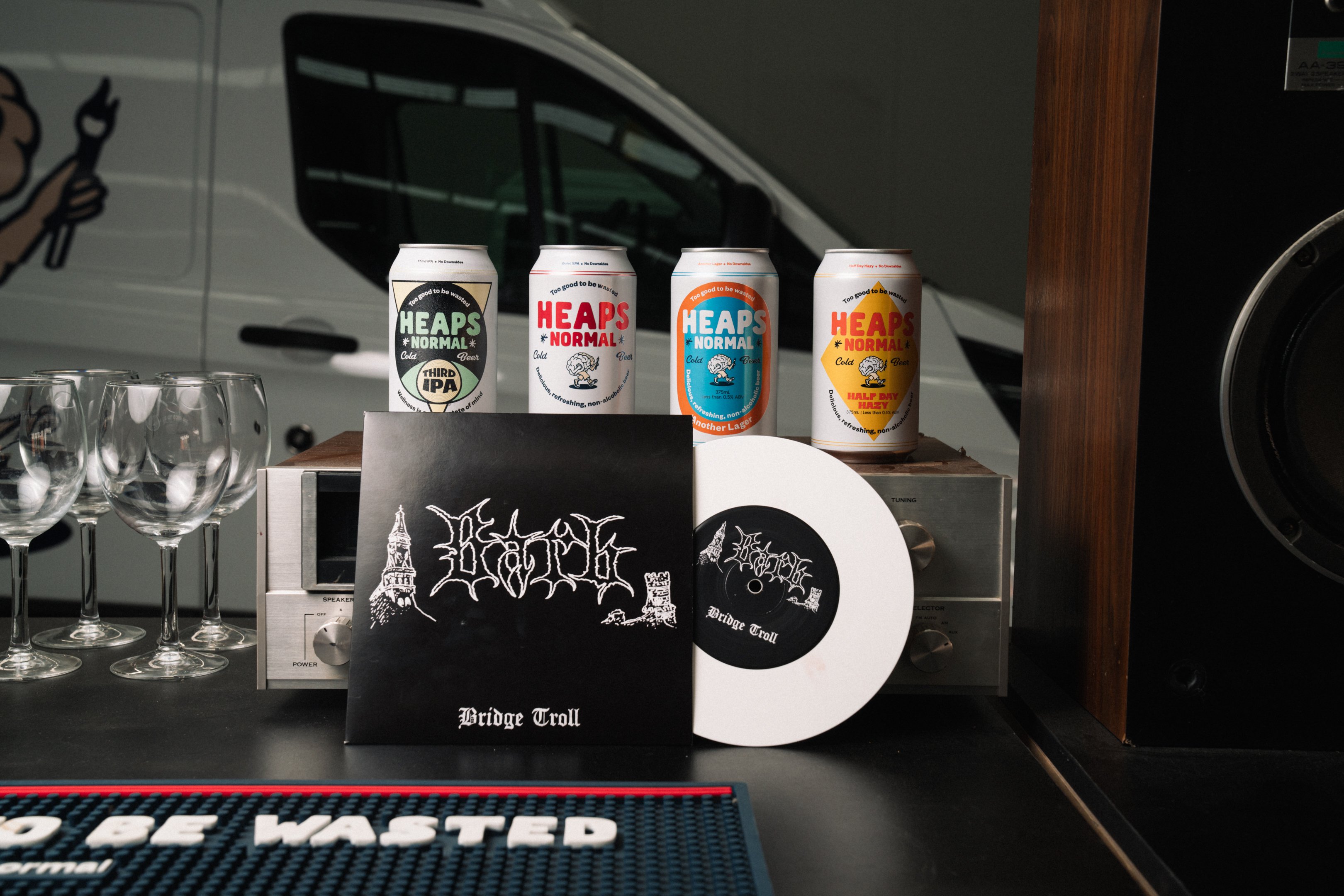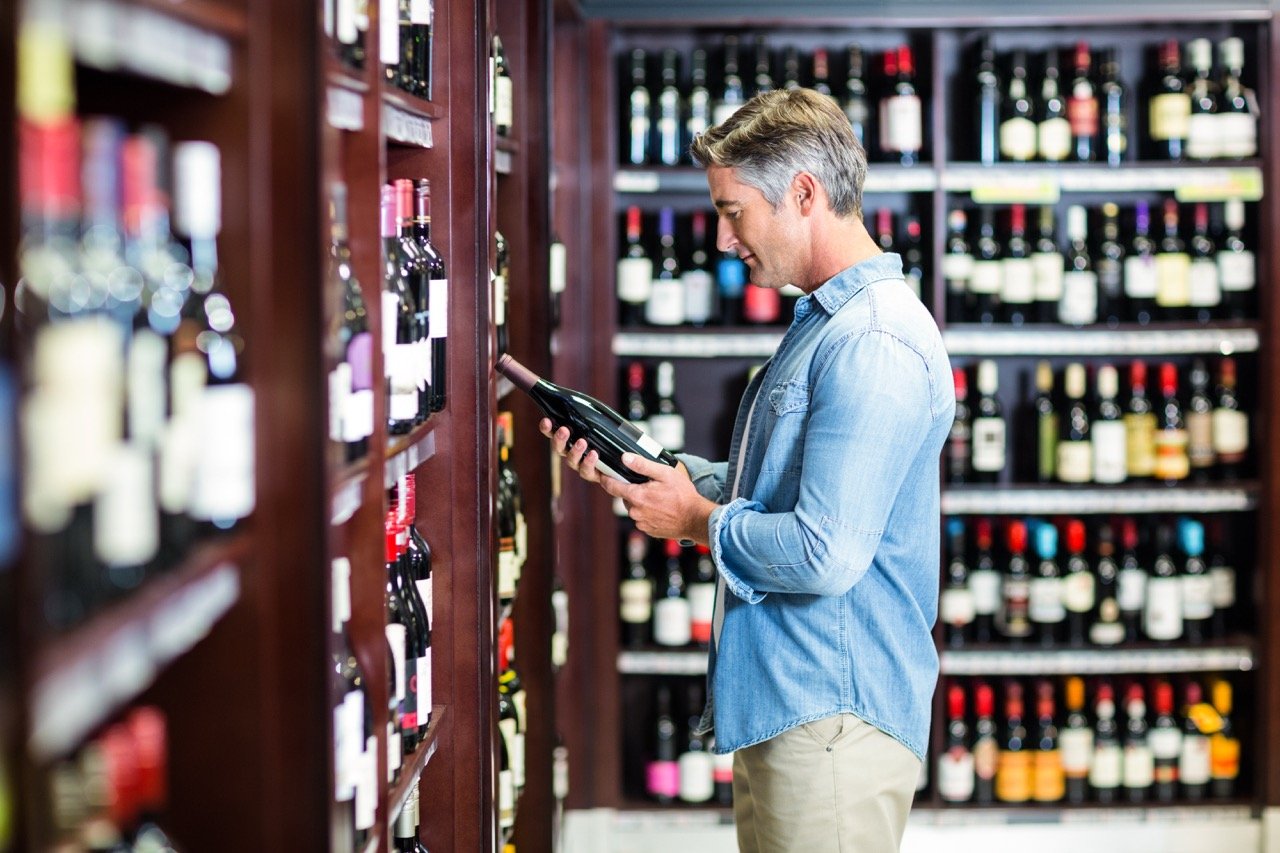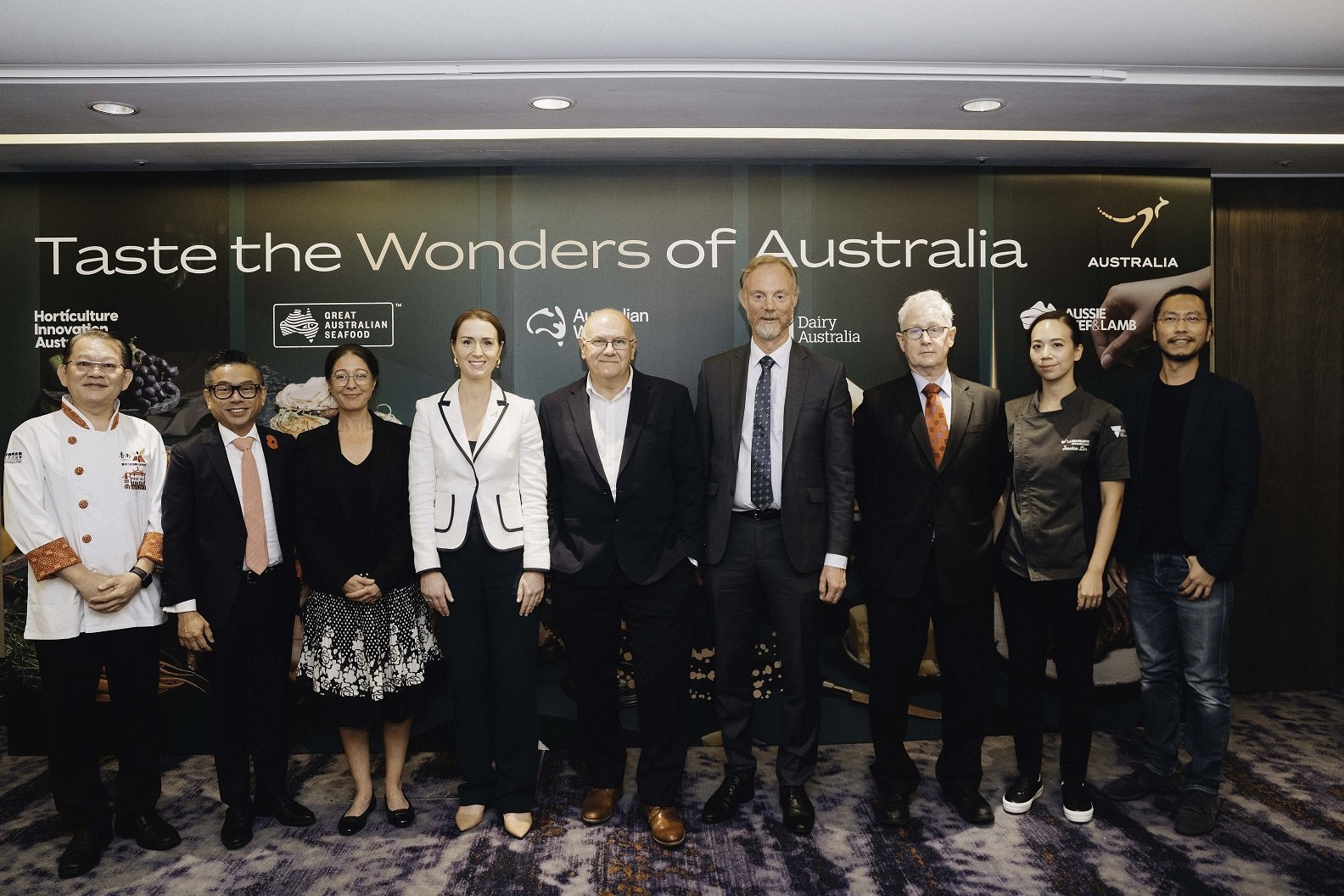Container deposit scheme programs have been heralded as environmental saviours, but they hide a secret shame: recyclers are struggling to process the country’s plastic and glass, with much of the recycling waste heading to landfill in Australia and overseas.
The schemes are aimed at reducing litter, they simply collect bottles and cans and pass them on to recycling centres. They ensure less contaminated waste is sent to recyclers, but their purpose is not to solve what has been labelled Australia's "recycling crisis".
Australia only has the infrastructure in place to recycle a small fraction of its waste. Most of the rest was sent to China until it stopped accepting recycling waste over a year ago.
Australia then turned to Malaysia and Thailand to take the waste, but those countries have announced a ban on plastic waste imports by 2021 and India completely banned plastic waste imports earlier this month.
There is growing disquiet that State governments have put the cart before the horse by spending hundreds of millions to introduce the container deposit schemes before they’ve ensured effective on-shore recycling programs are in place.
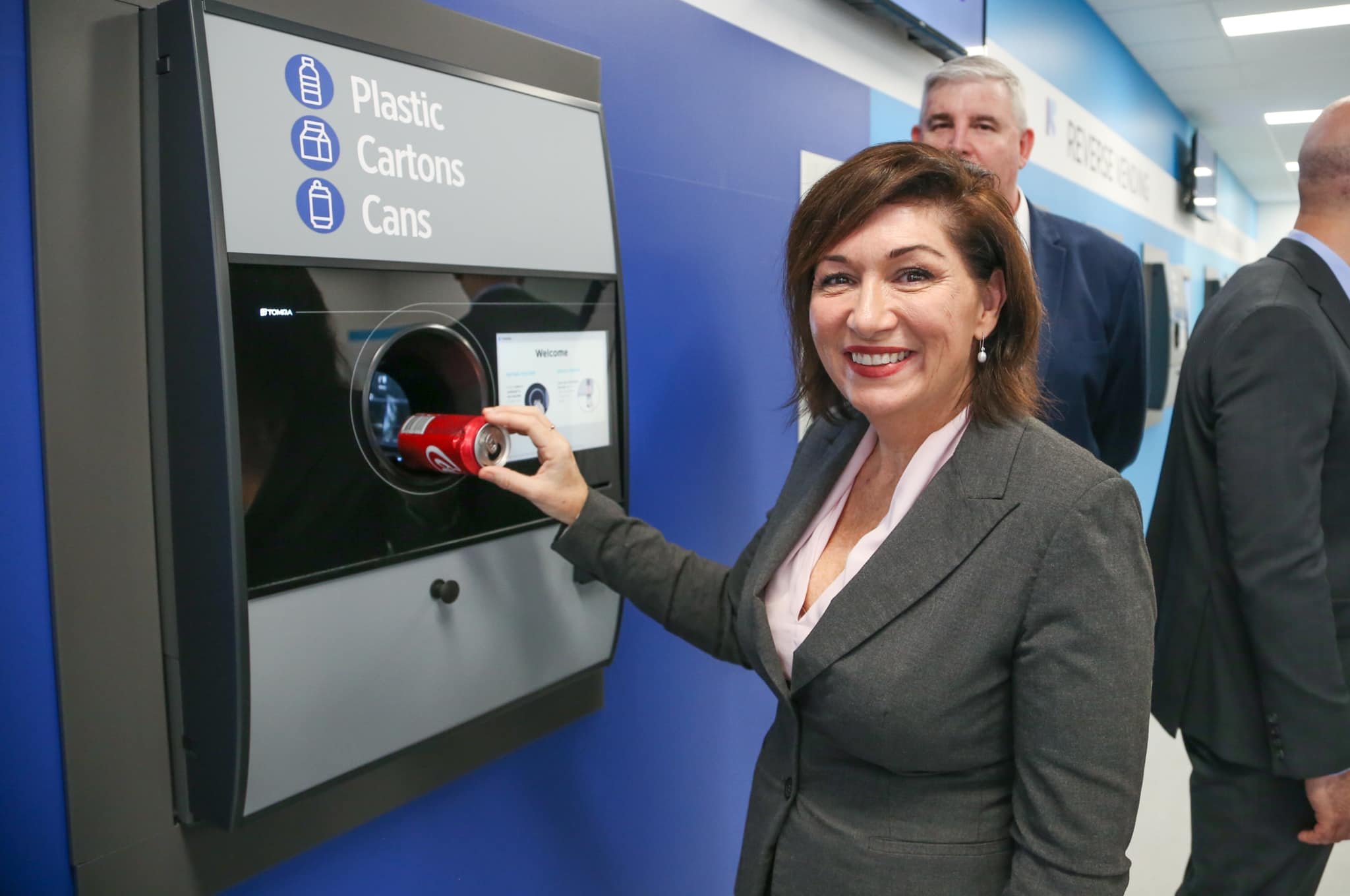
South Australia has a long-running CDS scheme, NSW introduced one in 2017, Queensland commenced one in November (above), Western Australia will roll one out for 2020.
Under the Return and Earn scheme, NSW consumers are being charged up to 15c more for each drink they buy. They can recover a 10c deposit if they take the empty containers, in good condition, to a series of collection points.
However, data shows that in the year to December, NSW consumers paid about $250million through higher prices to fund the scheme, but claimed just $100million in deposit refunds, while overall recycling rates remained largely unchanged.

Share the content
